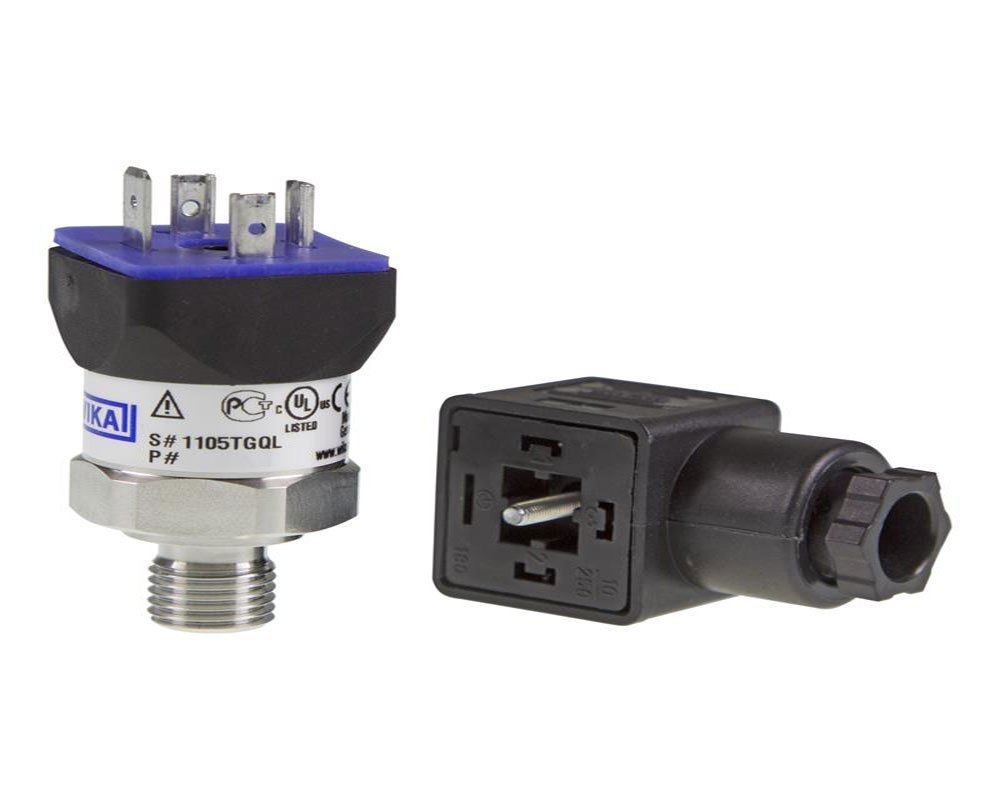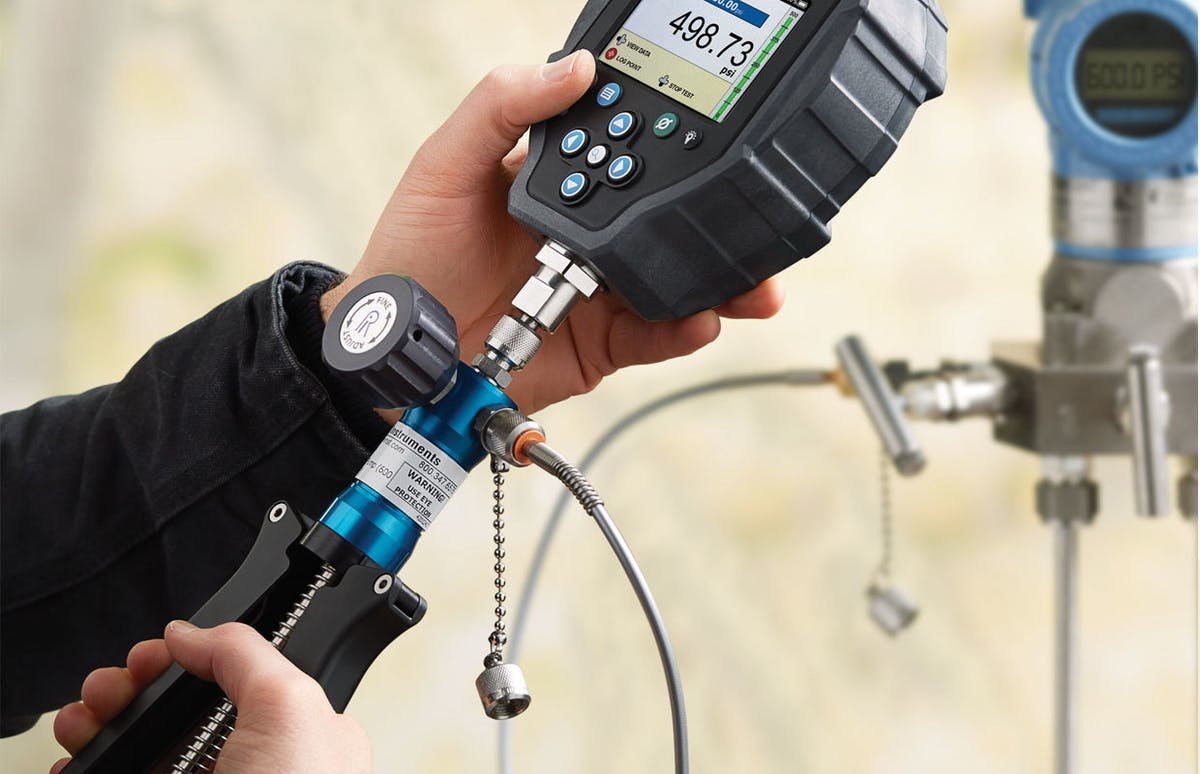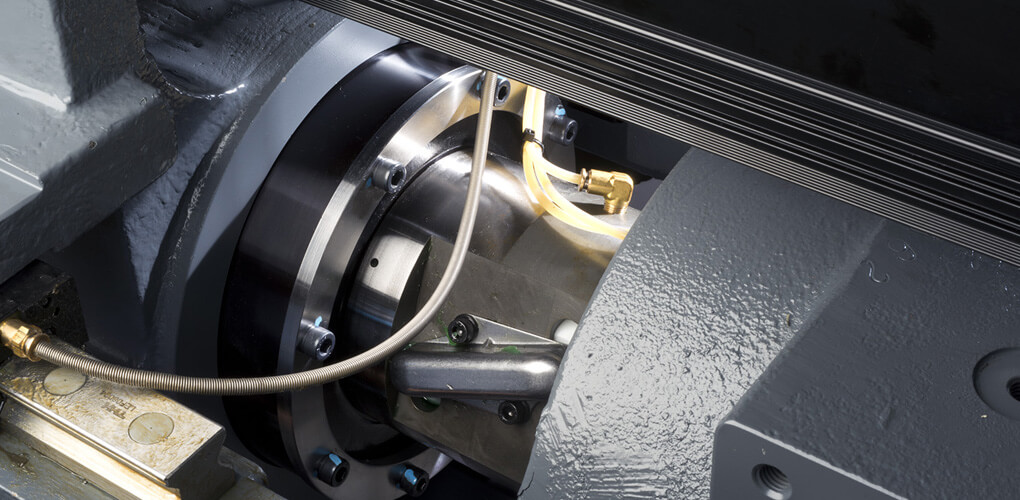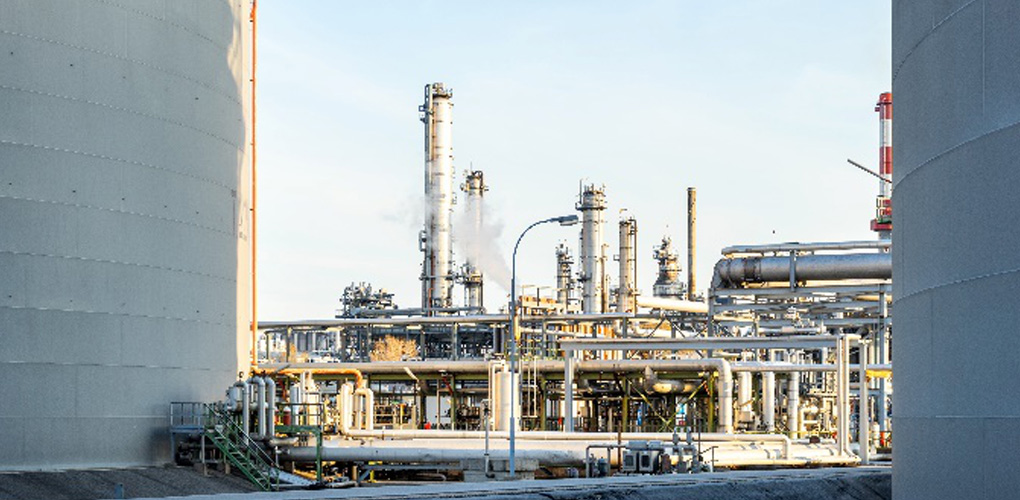Effective Calibration Steps for Pressure Transmitter for Sewage Treatment
Heating and Air Conditioner Pressure Transmitter Basics
How to Calibrate Pressure Transmitter for Sewage Treatment in 8 Easy Steps.
Pressure transmitter for sewage treatment is one of the essential components. Sewage treatment is crucial to protect natural bodies from being contaminated by organic and inorganic toxins present in sewage. And with the efforts to make sewage treatment processes more efficient picking up speed, the demand for efficient pressure transmitter is gaining importance.
The key to an enhanced performance of pressure transmitter is its effective calibration. Thus, calibration is the basis that supports the performance of a pressure transmitter, which in turn enhances the sewage treatment process.
You May Also Read: How to Optimize Production Using Food and Beverage Pressure Transmitter?
The demand for pressure transmitter relates to the popularity of sewage treatment processes. It is a crucial device in the instrumentation and control of the entire sewage treatment process and its sub-processes.

What is A Pressure Transmitter?
A pressure transmitter employs a pressure sensor that measures the pressure of a liquid or gaseous system. Then the transmitter converts this reading into current or voltage analog signals and sends it to a receiver, which translates the signals back into 'pressure terms' and displays it as output. Simply put, pressure transmitter converts and transmits the electrical signal to aid in controlling and monitoring system pressure.
There are multiple types of pressure transmitters, with each transmitter having a different set of applications. A pressure transmitter operates on a defined range of pressure, and it cannot record pressures above or below that range.
What Does Pressure Transmitter Do in Sewage Treatment?
A pressure transmitter finds application in the sewage treatment process for flow control and measurement. Sewage treatment facilities also employ it for maintaining liquid at the required level. These facilities also use it to control the influent and effluent flow rates and in many other similar applications in all the pre-treatment, primary, secondary and tertiary stages of the entire sewage treatment process.
What Does It Mean by Calibration of Pressure Transmitter for Sewage Treatment?
Calibration aims to define an accurate relationship between pressure and electrical signals so that the transmitter can transmit signals and display accurate output.
Most pressure transmitters operate between 4mA to 20mA electrical signals. The 4mA signal corresponds to 0% of the input pressure range, and 20mA corresponds to 100% of the input pressure range.
Thus, the technician makes sure that the transmitter shows a 4mA output signal at zero pressure and a 20mA output signal at 100% input range pressure with calibration.
The sewage treatment plant is a facility with rough working conditions. And pressure transmitter, a vital component of this facility, loses its accuracy over time by working in such rough conditions.
Thus, calibration and re-calibration of pressure transmitters within two years of the last calibration in facilities such as sewage treatment are essential to ensure that they keep working accurately. And the sewage treatment facility keeps running smoothly.
Few Points to Consider Before You Calibrate A Pressure Transmitter for Sewage Treatment
- Follow the calibration procedure as defined by the pressure transmitter manufacturer in the instruction manual
- Make sure you use appropriate equipment for calibration. As a general rule of thumb, calibration equipment should be four times more accurate than the calibrating device.
- Ensure there is no liquid stuck inside the pressure transmitter as it can lead to errors in calibration and, later, accuracy.
- The temperature has significant effects on the accuracy of the pressure transmitter. To eliminate any discrepancies due to temperature, make sure to calibrate the transmitter at the temperature at which it has to operate.
- If the pressure transmitter works to measure the pressure across a static line, try and calibrate the pressure transmitter according to the common-mode static line pressure to eliminate any problems that may arise due to static line pressure.
Calibration Steps for Effective Calibration of Pressure Transmitter for Sewage Treatment
The calibration procedure for the pressure transmitter for sewage treatment follows a set of fundamental general steps. However, each pressure transmitter comes with an instruction manual in which the manufacture has laid out some elaborate calibration steps. Therefore, the calibration technician should calibrate each pressure transmitter as per those details.
Following are the general steps for calibration of pressure transmitter for sewage treatment:
Step 1: Collection of Tools
Ensure you have all the right tools and equipment like a digital Multimeter or Ammeter and deadweight tester within easy reach before dismantling the pressure transmitter assembly.
Step 2: Documentation
The documentation step initiates in this step and continues throughout the process, and terminates at the very end. You must note down the model number of the pressure transmitter in the record form. Also, take note of the transmitter's calibrated range, the transmitter's span, and maximum working pressure.
Step 3: Isolation
After you have performed the primary documentation, you can move forward with the calibration process. Take the pressure transmitter out of service and inspect it for any signs of physical damage, dust, or grime accumulation.
Make sure to remove the transmitter safely, not to damage the data transmission cables that connect the transmitter and the end-receiver of the signals.
Step 4: Preparation for Calibration
Connect all the auxiliary calibration equipment, such as the deadweight tester, to the transmitter's pressure input sensor. A deadweight tester is an equipment that supplies pressure to the transmitter to check its accuracy and calibrate it.
Also, connect a multimeter with the current output of the transmitter. Preparing for calibration might be one of the most critical parts of the entire calibration process.
Step 5: The Calibration
Usually, transmitter calibration encompasses five readings taken at zero%, 25%, 50%, 75%, and 100% of the transmitter's input range. For effective calibration, each input percentage must correspond to an equal output percentage.
Apply zero pressure first and calibrate the transmitter such that the digital multimeter reads 4mA current. The 4mA result on Ammeter or multimeter shows that 0 % input range produces 0% of the output range.
Then apply 25% of the input range pressure and calibrate the pressure transmitter to read 5mA. That's 25% of the maximum output current, i.e., 20 mA. Once five mA appears on the digital multimeter, the transmitter is calibrated to 25% of input and equal corresponding output range. Continue with the same procedure for the next sets of readings.
Finally, apply 100% of the input range pressure and adjust the transmitter so that the multimeter reads 20mA output current. This output means that 100% input pressure is transmitting as a 100% output signal.
Please note all the readings and their maximum and minimum tolerances in the calibration form from step 2.
Step 6: Repeat Calibration
This step is not necessary, but for enhanced calibration and better user satisfaction, checking the output current value corresponding to all the percentages of input pressure one more time will ensure effective calibration.
Step 7: Disconnection
Properly disconnect all the calibrating equipment that you connected to the transmitter after you have calibrated that transmitter.
Step 8: Remounting the Transmitter
Re-position the transmitter to the point where it was before being taken out for calibration. Since the transmitter's orientation and mounting position influence its accuracy, ensuring that you mount it just the way it was before calibration is critical. It is always best practice to test the transmitters' accuracy after putting it back in its place.
You May Also Read: Pressure Sensor for Sewage Treatment- Water Treatment in STP
The Takeaway
Accuracy is a requisite for pressure transmitters for sewage treatment. Pressure transmitter for sewage treatment applications needs calibration to function accurately. Each pressure transmitter comes with a set of calibration details. However, the general procedure is the same for all pressure transmitters.
It is critical to collect and keep close all the equipment necessary for transmitter calibration. Moreover, documentation is crucial while you calibrate this device. The transmitter calibration personnel usually calibrate it over a set of 5 input range percentages. The personnel may repeat the process for a thorough and perfect calibration procedure.
However, before anyone calibrates a pressure transmitter, there a few points to consider. These points include; following the instruction manual properly, using the appropriate and accurate instrument, and calibrating the transmitter to its operating temperature and pressure, so it works accurately in its surrounding conditions.
For More Information, Visit, OuldSensors.













